All You Need Before Going To Sapa
.jpg)
The foundation of Sapa
After capturing Sapa in 1887, the French colonialists expanded the area of Old Sa Pa into a hill station, especially for summer vacation. In 1915, the first two wooden villas were built by a French contractor. A very short time after that, many French-style villas were built and make this place a popular summer destination in the entire Indochina for French officials. When it became a hill station, the French also set up the infrastructure. In 1925, they built Cat Cat hydroelectric station. Until 1930, they paved the road from Lao Cai to Sapa. A clean water supply system was also built to serve the town area. At the same time, a Sapa residential town was formed. Besides the Vietnamese people, there also were Chinese and French people living here.
Until 1943, Sapa had about 200 villas and houses. It also has many gardens, playgrounds, plantations as well as tourist attractions such as Ham Rong mountain, Da Cave, Silver waterfall, Cau May ... Nowadays, resorts and hotels from the French era are no longer available. as most were destroyed in time. border war with China in 1979.
Since 1954, Sa Pa has become a popular destination for domestic tourists but only until 1992, it has been opened to welcome international tourists.
Sa Pa town has an altitude of 1,600 m above sea level, 38 km from Lao Cai city and 376 km from Hanoi. In addition to the main road from Lao Cai city, there is another transport route to Sapa, which is National Highway 4D connecting the border towns of Binh Lu, Tam Duong and Lai Chau. Although the majority of the inhabitants of Sapa are ethnic minorities, the town is concentrated mainly on Vietnamese people who rely on agriculture and tourism.
Tourists come to Sapa to enjoy not only the fresh air, the simple tranquility of a mountainous area, but also to admire the wild beauty of Sapa terraced fields, waterfalls, or to discover the customs, cultures of ethnic groups in the mountains such as H'Mong, Giay, Red Dao, Tay, Xa Pho ...
Hoang Lien National Park and Vietnam's highest peak: Fan Si Pan
.jpg)
Sa Pa’s highest peak is Fan Si Pan. It is 3,143m high and is also the highest mountain of Indochina on the Hoang Lien Son mountain range. The name Hoang Lien Son comes from the Hoang Lien tree, a plant that grows in this area that is used widely by local people as herbal medicine. Being one of the 33 National parks in Vietnam, Hoang Lien has a diverse fauna and flora. The National park has a large area covered by pine forests that is not common for the tropical climate of Vietnam. Hoang Lien Son National park has 136 species of birds, 56 species of mammals, 553 species of insects. There are 37 mammal species recorded in the "Vietnam Red Book". Hoang Lien Son park has 864 species of plants, including 173 species of medicinal plants.
Sapa's locals
.jpg)
6 ethnic groups are living together in Sapa including H'mong, Dzao, Giay, Xa Pho, Tay and Viet. Although they have a cultural influence on each other, each ethnic group still retains its own cultural identity, as well as the customs that have been maintained for many generations. Traditional festivals are maintained every year such as:
- Rice harvesting festival of Giay people
- Dancing Festival of Dao people.
- Sweeping the Village festival of Xa Pho people
- Xuong Dong or the celebration of a new crop at Ban Ho village
Attractions
.jpg)
Silver Waterfall: About 6km from Sapa in the direction of Tram Ton Pass, Silver Waterfall is about 200m high with rushing water creating impressive mountain sounds.
Cloud Bridge - Cloud Bridge: An old bridge created by locals to cross the river through their village. The original bridge is no longer there, but it is still one of the most visited parts of Sapa because it is located in the beautiful Golden Stream valley (Muong Hoa valley).
Sapa Ancient Stone area: in Muong Hoa valley has 196 carved items covered with many strange figures of ancient inhabitants thousands of years ago. Until today many archaeologists have not yet deciphered their meanings. The ancient carvings area has listed as the National Monuments.
Ham Rong Mountain: is a garden on a mountain inside Sapa town. It's a small yet beautiful garden with nice walking paths and a few scenic viewpoints down to the town center. There's also an orchid garden available for visiting. There are two cultural dancing shows by the local artists from the villages around Sapa.
Sa Pa market: now available everyday however it gets a lot busier on Sunday. A night before the market, local people travel to town and stay overnight. they gather together and sing folk songs or dance together. They often bring along their traditional instruments such as embouchure (lip instrument), bamboo flute, bamboo saxophone... to play. The activities are often happening near the market that’s why people called it a "love market".
Hilltribe villages in the valleys: these are the favorite spots by travelers to Sapa. These are the living places of local people in the villages with an incredible setting on nature. The villages are often located among the rice terraced fields perched on the mountain slope. Trekking through these villages in Sapa while learning about the locals' fascinating culture is an amazing experience.
Mount Fansipan: also known as the roof of Indochina. Fansipan is now accessible by cable car. You could easily spend half a day in this area wandering through the parks and gardens.
How to get to Sapa?
From Lao Cai city, you can reach to Sapa by roads only. Public buses or private car with driver are readily available while some small other groups choose to rent motorbikes.
How to get to Lao Cai / Sapa from Hanoi?
With the distance is about 300km, from Hanoi to Lao Cai you can choose to go by train, regular public or tour buses or private transportation. Traveling by train to Sapa is still a popular mode of transportation. There are 6 pairs of trains leaving Hanoi to Lao Cai and vice versa every day but the night trains with sleeper cabins are better choices.
Since the new Hanoi - Lao Cai highway is completed, getting to Sapa from Hanoi is a lot easier by road. The number of visitors choosing to travel by road increase a lot since it takes only 4 hours to get to Lao Cai from Hanoi. Many tourists choose to go by car because the time is much shortened (5 hours now compared with 8-10 hours before). Also, there are now many options for public buses that leave regularly from every bus station in the city. Many tour buses and luxury minivans are leaving Hanoi Old quarter to Sapa from early morning till noontime and from Sapa to Hanoi in the afternoon.
How to get to Sapa from Lao Cai?
If you bring a motorbike to Lao Cai and then go to Sa Pa, you should follow the 4D road up hill and it takes roughly 1 hour too. There are also back roads to Sapa that takes you on the less frequented road with amazing scenery. This is also one of our pupular day tour from Lao Cai to Sapa.
If you take the train, you only arrive at Lao Cai station, then you continue to go another 40 km to reach Sa Pa town. For those who can afford it, renting a private car is the most convenient. However, for those who want to save money, they can choose to go by bus. At the gate outside Lao Cai station, there is a bus stop. They sell bus tickets for a few dollars (equivalent in Vietnamese Dong). And they also accept travelers' bulky luggage.
The bus departs from Lao Cai station square and ends at Sapa Church. They depart quite regularly every day, the earliest bus departs at about 5:30 am to pick up the first groups on board. This bus stops at some pick-up points in Lao Cai city and then goes straight to Sa Pa.
Where to stay
.jpg)
.jpg)
Sapa is a very popular destination, so there are choices for everyone in terms of accommodation, from luxury hotels and resorts to budget guesthouses and homestays in villages. In recent years, there has also been a wide selection of eco-lodges.
There are hundreds of hotels in Sa Pa which are invested with the quality from 1 to 5 stars. The standard of hotel, location and reputation will decide the rates. Some of our favorite hotels are:
Aira Boutique Hotel- 4 star: one of Handspan's favorite hotel. The rooms are very nice with good views. Staff are very attentive and always deliver outstanding service.
Sapa Elegance Hotel- 2 star: located in the center of Sapa town, Elegance is a small charming local hotel with very spacious rooms and attentive service.
Topas Ecolodge: is a unique motel that has been certified by National Geographic and is one of the most desired places to stay in Sapa. The resort is located 15km from the center of Sapa on a hilltop with bungalows overlooking the magnificent valley. This is a prime example of sustainable tourism as they use eco-friendly materials to build bungalows and provide jobs for locals from nearby villages. The resort has one of the most impressive year-round jacuzzis and infinity pools in the whole of Vietnam with the best views you can find from a mountain resort.
Homestay in Sapa: Handspan works with communities from different villages since the beginning of tourism development in Sapa to provide unique local experience for our guests. With ‘Homestay’ experience, your overnight accommodation is provided by a local family in their traditional houses. There’s no private room and you’ll sometimes sleep on the floor (with mattress) in a large communal area. The sleeping corner is set up with a single mattress (thin, but adequate), blankets (ditto), pillow and mosquito net. The restroom is at the international standard and a few steps from the main house.
Best time to visit Sapa
.jpg)
The most ideal time to travel to Sapa is from September to November and from March to May. At this time, Sapa weather is stable, sunny day, cool night.
April to May is the time when ethnic minorities transplant rice on terraced fields. And this is also the blooming season of many beautiful flowers. The scenery of rice transplanting is very beautiful, which is liked by paparazzi in this ripe rice season.
September to October is the season of ripe rice, when all the scenery of Sapa seems to brighten up. Around this time, Sapa seems to put on a new color - yellow all over the hillsides. But you should go in mid or late September, to October many places have already harvested.
Summer from June to August is also the rainy season but the rice fields are green and lush.
December to February can be chilly, but this is also the season of cherry blossoms.
INBOUNDVIETNAM TRAVEL is recognized by the Vietnam Tourism Association as a Top Tour Operator and Service Provider of Visa, Work Permit, Permanent Residence Card and nominated for the Vietnam Trusted Travel Company award.
Related tour
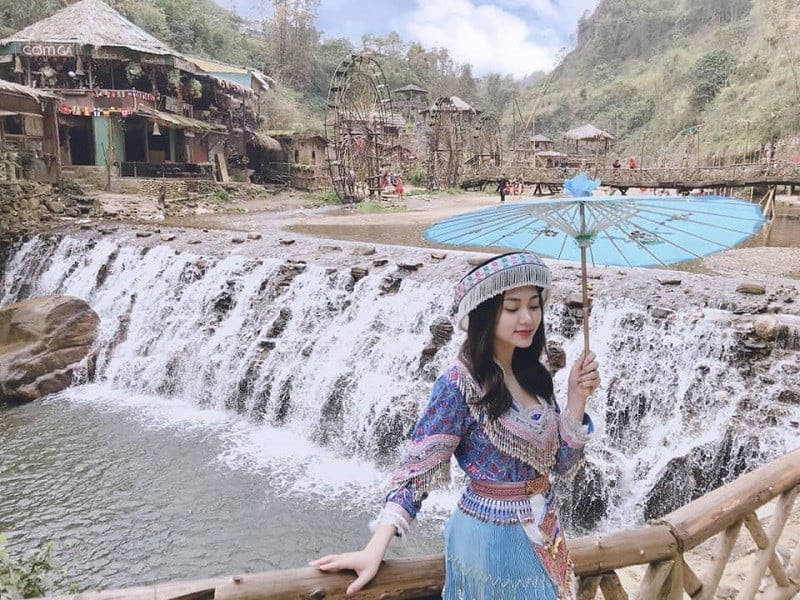
Exploring 5 Days 4 Nights Hanoi – Sapa – Cat Cat – Ha Long Bay – Ha Noi of Vietnam, you will come to admire the wonders that are recognized by the world as Cat Cat Village, Fansipan Mountain, Ha Long Bay,… Especially, you have the opportunity to enjoy the specialties in the North.
Departure day: 08/01 15/01 ...
Departure: Hanoi City
Arrival: cat cat village
Regions: Northern Vietnam
Type: Classic Tours
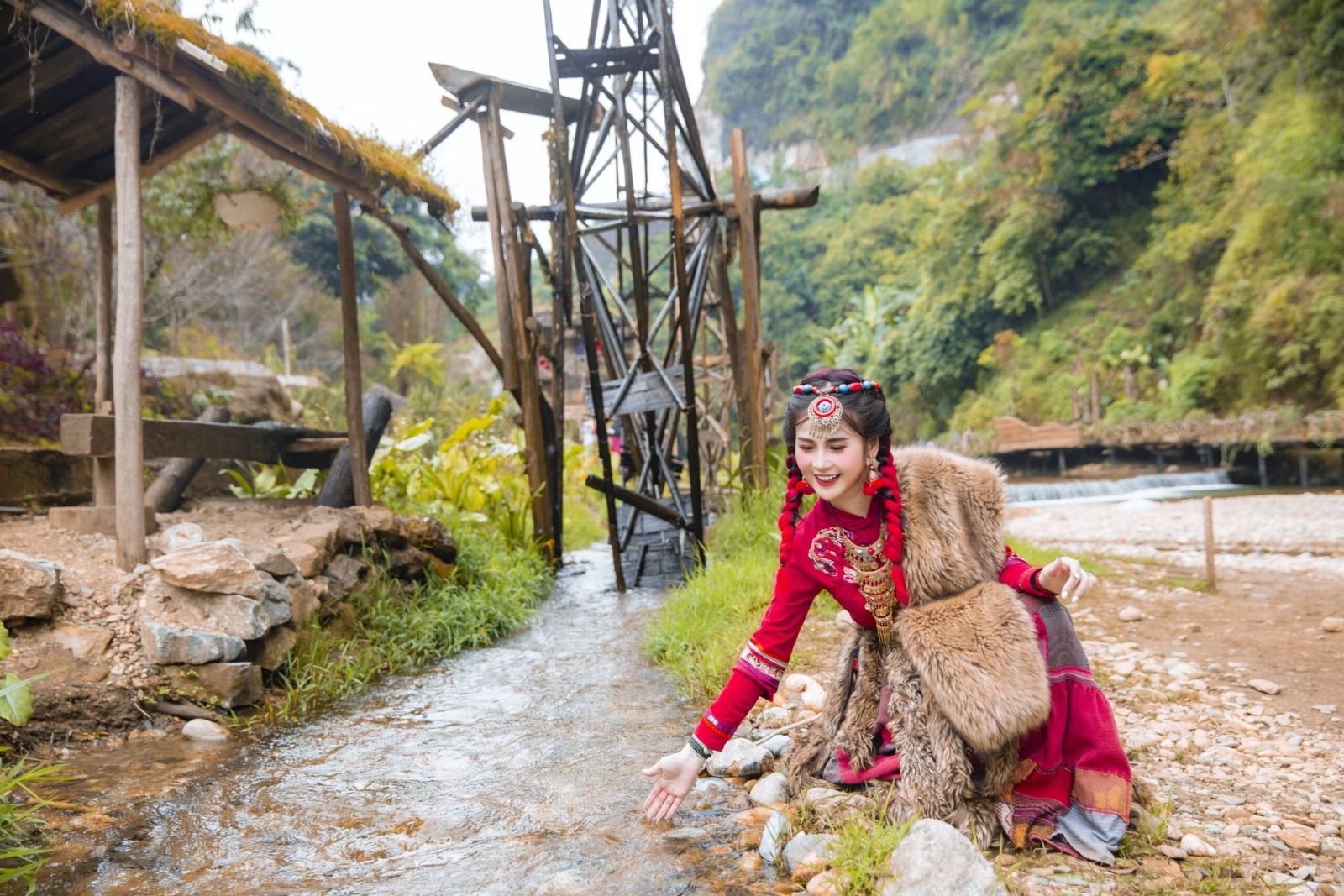
Being one of the most attractive tourism destinations of the country, Sapa is a precious gift that Mother Nature dedicates to Vietnam. Keep in mind though that Sapa is famous for going through “four seasons in one day”: chilly mornings, warm days, windy, cool afternoons, and cold nights.
Departure day: Contact
Departure: Hanoi City
Arrival: Cat Cat village
Regions: Northern Vietnam
Type: Daily Tour

A Glimpse Of Vietnam, With 5 days & 4 nights, visitors can visit Hanoi capital, Sapa town, Cat Cat Village, Fansipan, Ha Long Bay - surrounded by towering limestone karsts and islets.
Departure day: 05/01 12/01 ...
Departure: Hanoi City
Arrival: Ha Long Bay
Regions: Northern Vietnam
Type: Classic Tours
Embark on a truly unforgettable Marvellous Journey Of Vietnam over 7 days and 6 nights through the breathtaking Northeast! This comprehensive tour takes you from the vibrant Ha Noi City to the majestic landscapes of Sapa, where you'll explore Cat Cat Village and conquer Fansipan. The adventure continues to the serene Ninh Binh ("Halong Bay on land") before culminating in an unforgettable cruise through the iconic Ha Long Bay. It's a perfect blend of culture, adventure, and awe-inspiring natural scenery.
Departure day: 06/02 06/03 ...
Departure: Hanoi City
Arrival: Ha Long Bay
Regions: Northern Vietnam
Type: Classic Tours

Your adventure begins in Ho Chi Minh City, where you'll explore the historic Cu Chi Tunnels and the lush Mekong Delta. Afterward, you'll fly to Hanoi and immerse yourself in the breathtaking beauty of Ninh Binh, with its iconic Trang An and Hoa Lu. The trip then takes you to the majestic landscapes of Sapa and the summit of Fansipan, Indochina's highest peak, before concluding at the natural wonder of Ha Long Bay.
Departure day: 06/02 06/03 ...
Departure: Ho Chi Minh City
Arrival: Ha Noi City
Regions: Northern Vietnam
Type: Classic Tours
.jpg)
Embark on a 2-day, 1-night adventure in Sapa, Vietnam! Discover the stunning beauty of the Fansipan mountain, hike through the picturesque Cat Cat Village, and immerse yourself in the rich culture of the local Hmong people.
Departure day: Contact
Departure: Sapa
Arrival: Fansipan
Regions: Northern Vietnam
Type: Daily Tour
Vietnam, a hidden gem in Southeast Asia, offers a unique experience for every traveler with its breathtaking landscapes, rich history, and vibrant culture. From the bustling streets of Ho Chi Minh City to the tranquil waters of Ha Long Bay, 12 days in Vietnam is your chance to discover its natural wonders and cultural heritage, exploring the depth and diversity of this fascinating country.
Departure day: 06/02 06/03 ...
Departure: Ho Chi Minh City
Arrival: Hanoi City
Regions: Northern Vietnam
Type: Luxury Tour,Classic Tours
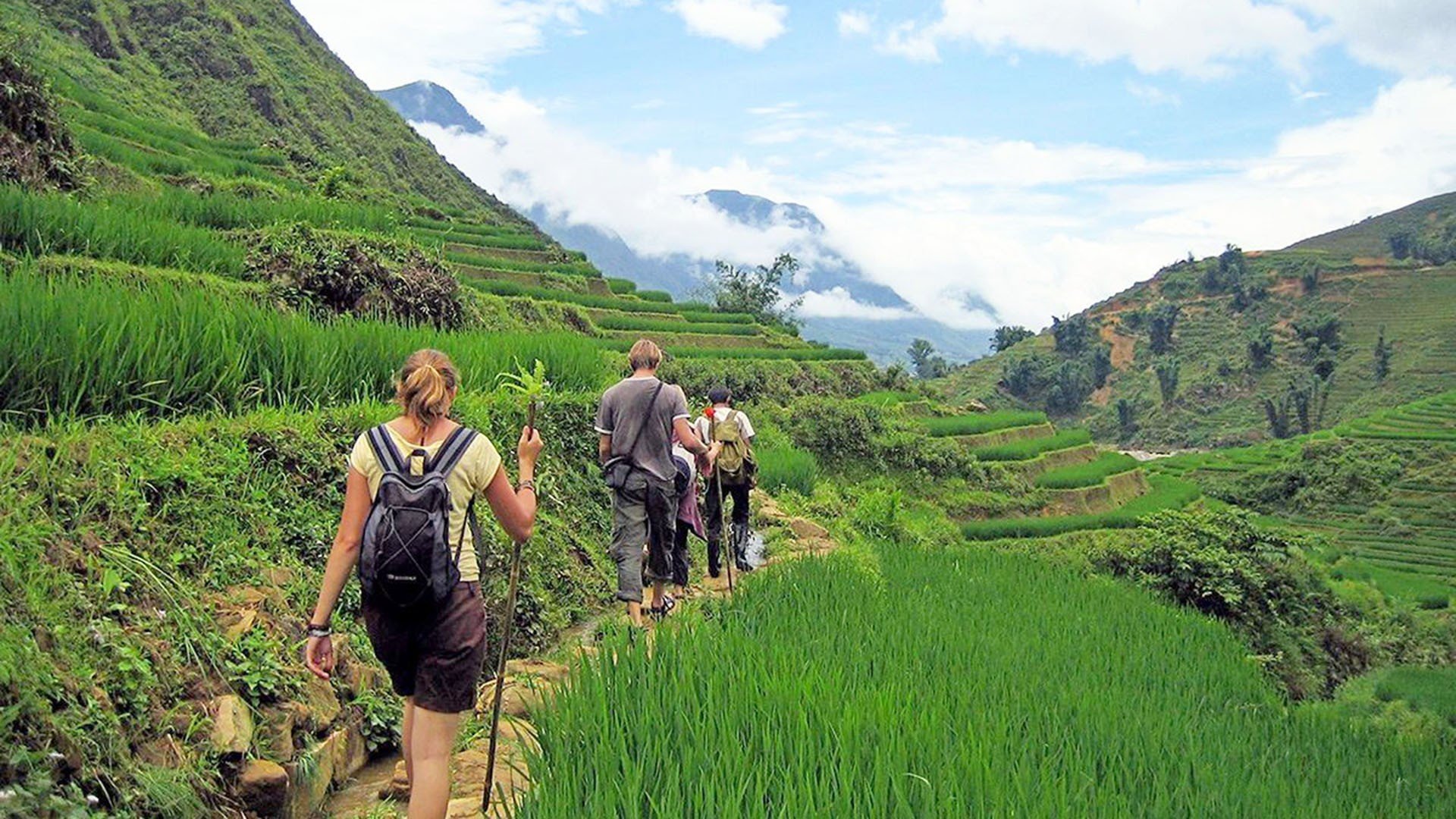
Discover the beauty of Vietnam's highlands! Our Trekking Fansipan, Cat Cat Village tour combines thrilling mountain climbing with a cultural immersion. Conquer Fansipan and experience the authentic lifestyle of the Hmong people.
Departure day: Contact
Departure: Hanoi City
Arrival: Cat Cat village
Regions: Northern Vietnam
Type: Daily Tour,Trekking

Prepare for an incredible 10-day journey to discover the natural wonders and rich heritage of three distinct regions of Vietnam. From the captivating charm of Hanoi to the vibrant Mekong Delta, this trip offers an immersive experience. You'll explore bustling cities, witness breathtaking natural landscapes, and immerse yourself in the country's diverse culture. Experience all that Vietnam has to offer!
Departure day: 05/02 05/03 ...
Departure: Ha Noi City
Arrival: Ho Chi Minh City
Regions: Northern Vietnam
Type: Classic Tours
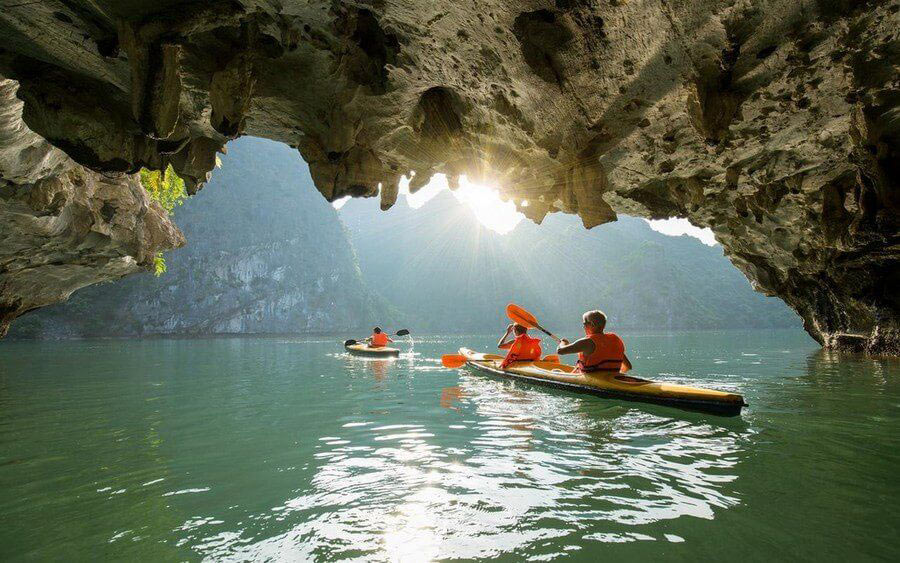
Dive into Vietnam's heart on this 21-day ultimate journey! Start in Hanoi, explore the misty rice terraces of Sapa, and sail the emerald waters of Halong Bay. Discover imperial history in Hue, relax on Da Nang beaches, and feel the pulse of modern life in Ho Chi Minh City. This immersive itinerary blends culture, nature, and history perfectly.
Departure day: 06/02 06/03 ...
Departure: Ha Noi City
Arrival: Ho Chi Minh City
Regions: Northern Vietnam
Type: Classic Tours
Related posts
8 must-visit tourist attractions in Hue
8 must-visit tourist attractions in Phu Quoc in a lifetime.
Traveling experience in Nha Trang from A to Z.
Getting lost in fun at the 10 hottest team building spots near Hanoi.
7 resorts offer ideal team building activities for this summer
This summer, let's go to Cu Lao Xanh - Why not?
Hanoi - 36 Old Streets: A Travel Handbook for the Capital City
Hoan Kiem Lake - A precious destination in the heart of the capital
The Imperial Citadel of Thang Long - a grand historical landmark of the capital city
Explore the Tuan Chau tourist area in Quang Ninh province
Why is Ha Long Bay an ideal destination in Vietnam
Why is Ha Long Bay an ideal destination in Vietnam? It is not only a natural wonder but also a place where you can immerse yourself in Vietnamese culture.
Explore the pristine natural beauty of Co To Island.
Quảng trường Con Gà tại Praha - Cộng hòa Séc
Sam Son - A coastal city with many attractive tourist destinations.
Discover the pristine and mysterious beauty of the Fairy Fish Stream in Thanh Hoa.
Experience the beauty of nature in Pu Luong.
Hoi An Ancient Town - A venerable city adorned with the beauty of time
My Son Sanctuary - The century-old beauty of World Cultural Heritage
Cu Lao Cham and the fascinating experiences it offers.
Discovering Thien Mu Pagoda - the spiritual and cultural beauty in Hue.
Some facts you need to know about the Imperial City - Forbidden City.
The Great Wall is not reached by just wishing
Born in Suzhou, live in Hangzhou, eat in Guangzhou, die in Liuzhou.
The Bund in Shanghai, both in the past and present, holds romantic memories for many travelers.
Hue Imperial City: Exploring Vietnam's Unique Cultural Heritage
Thuy Xuan Incense Village - a source of inspiration from folk culture.
Explore Phu Quoc Island - Vietnam's Pearl
The Nam Du Islands - The raw gem of the East Sea
Explore the beauty of U Minh Thuong National Park.
Touring Ban Gioc Waterfall - a masterpiece of nature in Cao Bang
Exploring the mystical Nguom Ngao Cave
Pac Bo Historical Site - A journey to find the roots.
Vinpearl Nha Trang: An ideal destination for families.
Ninh Thuy Fishing Village - Timeless Beauty in Simplicity
Ponagar Tower - a hidden treasure trove of mysteries
Exploring the scenic complex of Trang An
Lunar New Year in Vietnam - the most important festival
Top 10 best attractions in northern Vietnam 2023
The Imperial City of Hue - always alive!
Hanoi Night Tour Best Tours to Explore the Capital City's Nightlife
Best Day Trip From Hanoi That You Can Actually Go
Top 10 handicraft villages in Hanoi: the traditional beauty of the capital
Find the best Vietnam tour packages from Singapore? We are here to help you!
Best places to visit in Ho Chi Minh City in our Vietnam tour packages
Experience the best Danang tour package from Singapore with our guide
Our Danang tour package from Singapore is the perfect way to explore the best of Danang in a hassle-free and convenient way. Book your tour today and embark on a journey of a lifetime!
Yearly festivals in Vietnam
With many activities taking place such as singing and dancing, boat racing, street parades, etc., creating special features for festivals in Vietnam.
15 activities to discover Sapa for foreign tourists
Discover the Top 4 most beautiful idyllic fishing villages in Ha Long
10 Most Amazing Landscapes in Vietnam
We’ve compiled a list of the 10 most amazing landscapes in Vietnam, each of which offer truly unique photo opportunities and experiences
10 Best Beaches in Vietnam
Y Ty village - The beauty of culture makes the difference of Ha Nhi people
Phu Quoc is listed in Time magazine's top 100 best destinations
10 Best Places to Visit in Vietnam
6 interesting facts about Vietnam you didn’t know
Mu Cang Chai's on top 50 most beautiful destinations in the world
6 must do activities in Ninh Binh
Interesting experiences in Ha Long Bay, Quang Ninh
Discover the wild beauty of Na Hang ecological lake
Top 8 Photography Spots in Hanoi
8 Best Things To Do In Ho Chi Minh City
6 Best Things To Do In Hue
Vietnamese Traditional Costumes & Dresses Origin & Uniqueness
Getting a haircut in Hanoi
6 Best Things To Do in Da Nang
Experience bathing with Dao Do herbal bath in Sapa
6 Vietnam Off-the-beaten-track Destinations: From North To South
Hue Citadel: Journey back in time to learn about the last dynasty of Vietnam
All You Need to Know About Currency in Vietnam
Characteristics of Vietnamese People
Motorbikes still the popular vehicle in Vietnam
Come to Ha Giang to see Nho Que River: The scenery is as beautiful as getting lost in a movie
The reason why Phu Quoc is among the top 100 best destinations of Time
Travelling to Moc Chau in the summer - Escape from the heat and escape from the epidemic
Unraveling the Beauty of Ha Nhi Culture in Y Ty
Top 3 spiritual tourist destinations in Tay Ninh must definitely go to
The beauty of Nam Cuong sand dunes near Phan Rang city
Vietnam's best outdoor activities
What to do in Hanoi so early in the morning?
Ho Chi Minh Mausoleum in Hanoi
Steep slope on the way to Ba Den mountain
Fall in love with the beautiful bamboo forest like a swordplay movie in Mu Cang Chai
Cai Rang Floating Market in Can Tho, Vietnam
3 Of the best things to do in Can Tho City
Best Nightlife In Hanoi - Top 6 Things to Do
Shopping In Hanoi: 6 Ideal Places
Top 6 Nightlife Experiences in Ho Chi Minh
5 Best Nightlife in Hue - Most Popular Nightlife Spots
Top recreational activities in Phong Nha Ke Bang National Park
See the silent ancient capital of Hue during the epidemic time
Ben Thanh Market in Ho Chi Minh
Ho Chi Minh Golf Courses - Vietnam
Bình Hưng Island, Khanh Hoa
Cu Chi Tunnels: What Secrets Lie Beneath Ho Chi Minh City?
Garlic Kingdom Ly Son, Quang Ngai
6 Best Hotels in Ho Chi Minh City
Non La - Vietnamese's Famous Conical Hat
Top 5 Best Destinations for Vietnam Honeymoon Packages
Da Nang's Golden Bridge
Vinpearl Safari Phu Quoc - The paradise of semi-wild animals for the first time in Vietnam
Phu Quoc shows its determination to control the pandemic and welcome international tourists
Amazing thing to do in Con Dao Island
Inbound Vietnam Travel strives to build a safe tourism image in Vietnam
Quang Nam develops tourism with a set of green tourism criteria
Vietnam is 'Asia's Best River Cruise Destination'
Light up Hoi An to welcome the New Year
Khanh Hoa welcomes more than 300 Russian tourists with vaccine passports
Stuttgarter Nachrichten Newspaper: 5 reasons to travel to Vietnam
5 Must-Visit Destinations in Vietnam
Da Lat a Wonderful Land!
Explore Ha Long Bay Trip with Ha Long cruise
Experience the pure air of Tan Uyen tea hill
Experiencing the peaceful life in Si Thau Chai Village
Sin Ho Plateau: Your next adventure awaits in the heart of Northwest Vietnam
Visiting the Independence Palace: A Journey Through History
The Independence Palace symbolizes Vietnam's victory, peace, and territorial integrity.
Saigon Notre Dame Cathedral: A Must-Visit Landmark
Saigon Notre Dame Cathedral stands as an iconic landmark in Ho Chi Minh City, steeped in a rich and mysterious history.
Cu Chi Tunnels: A Testament to Vietnam's Heroic Past
Tam Coc - Bich Dong: Exploring Majestic and Romantic Beauty
Hoa Lu Ancient Capital - An Attractive Tourist Destination in Ninh Binh
Explore Ninh Kieu Wharf, the cultural heart of the Western Delta
Cat Ba Island - An Ideal Vacation Paradise
Truc Lam Pagoda in Can Tho: A renowned pilgrimage site
Visiting the sacred Munir Ansay Pagoda in the heart of Can Tho
Do Son Beach: A Delightful Seaside Getaway in the City of Flowers
Bach Long Vi Island - A Painted Paradise in Hai Phong
Chua Kho Temple - A Sacred Shrine in Bac Ninh
Phu Lang Pottery Village - A Traditional Treasure in Bac Ninh
Phu Lang Pottery Village - A captivating tourist destination in Bac Ninh for those who love Vietnamese culture and traditions.
Phat Tich Pagoda - An Ancient Temple in the Heart of Bac Ninh
Phat Tich Pagoda is a famous spiritual destination in Bac Ninh city with unique architecture and a long history.

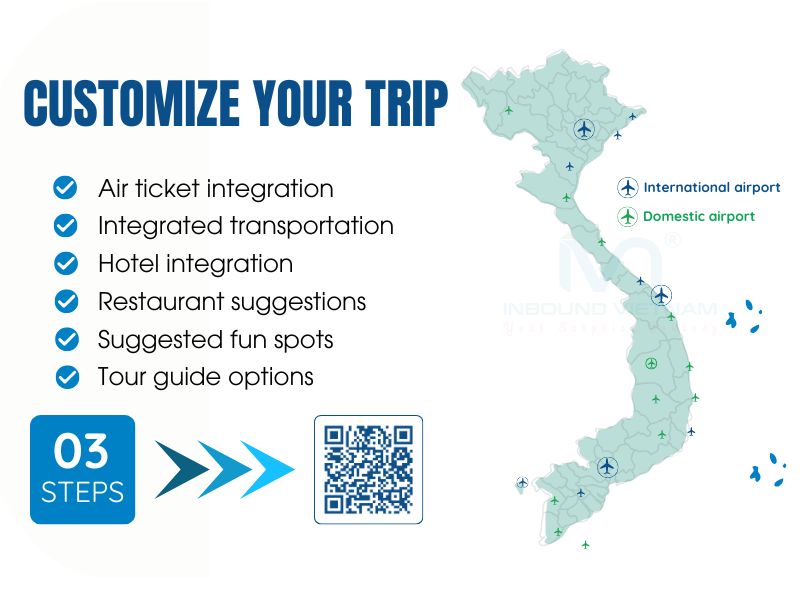
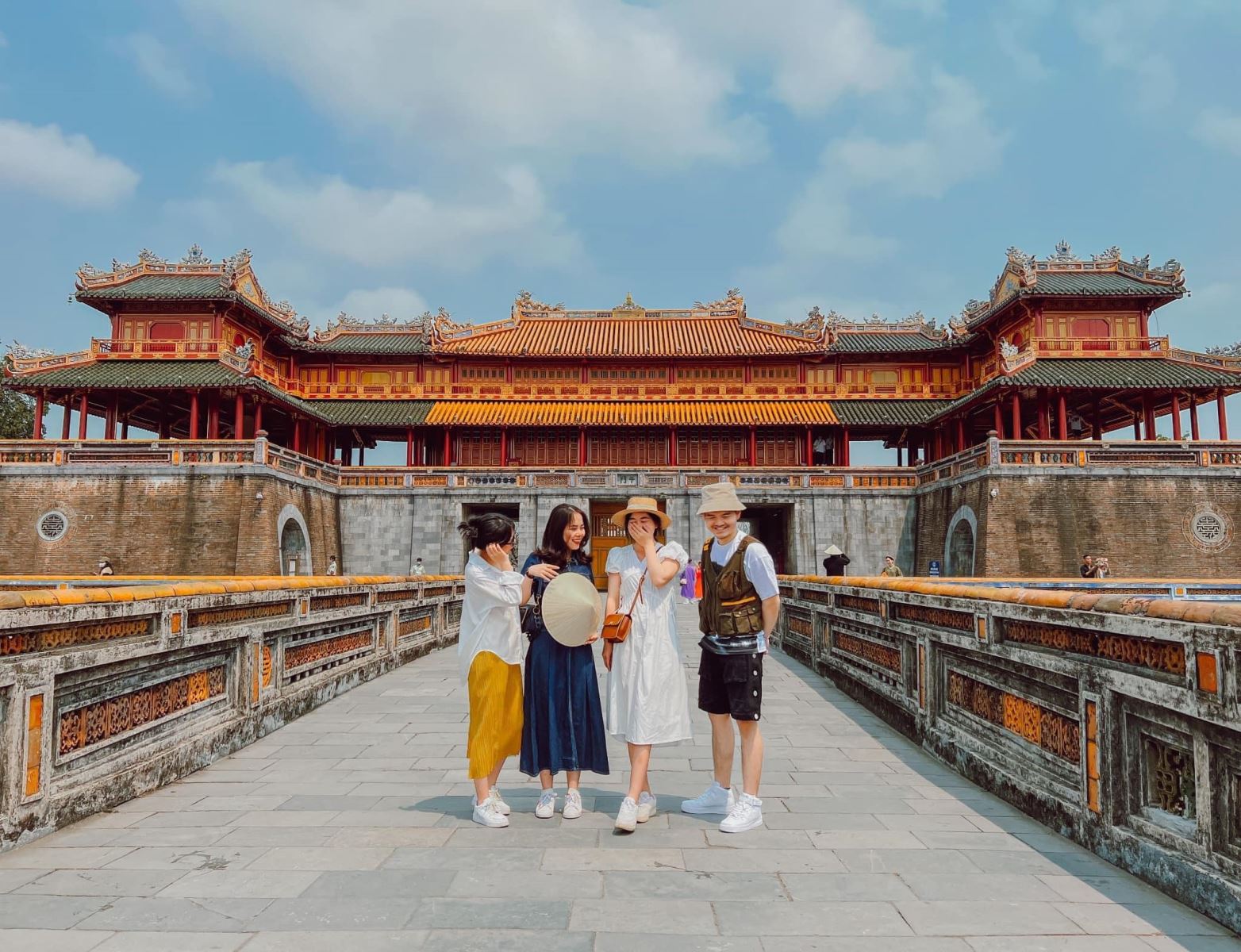

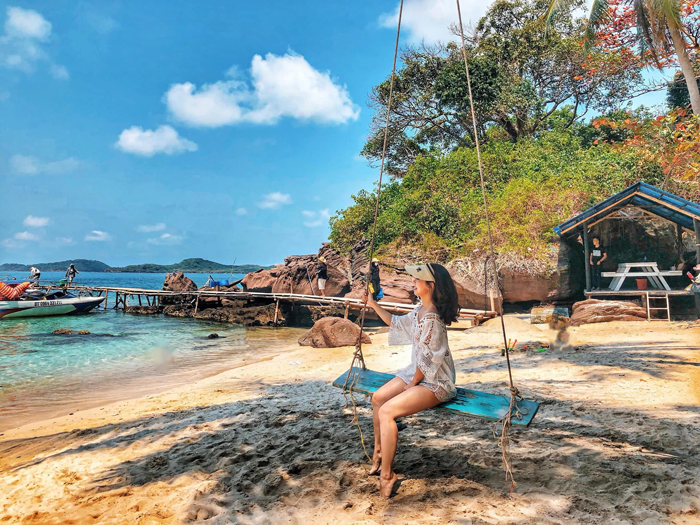
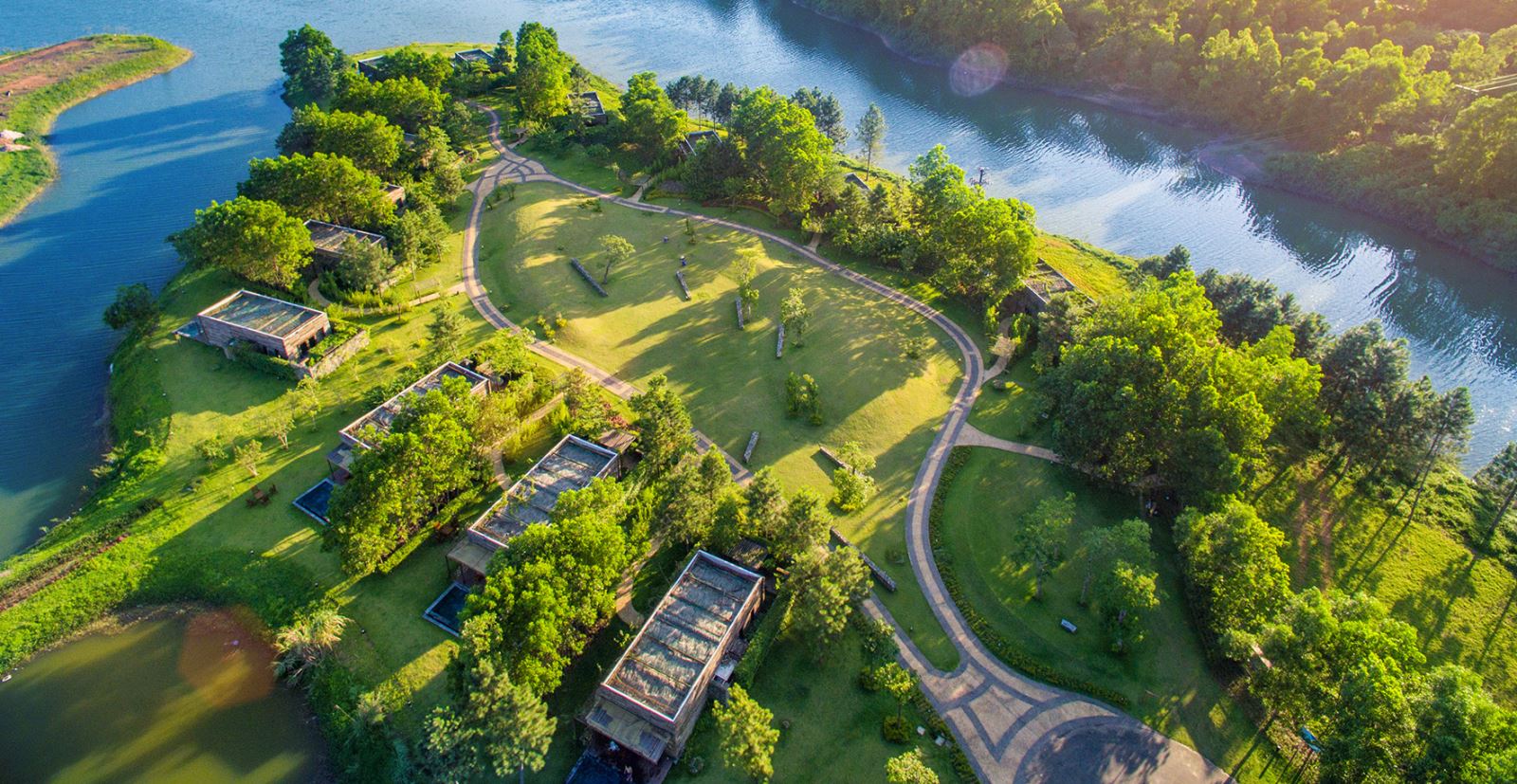

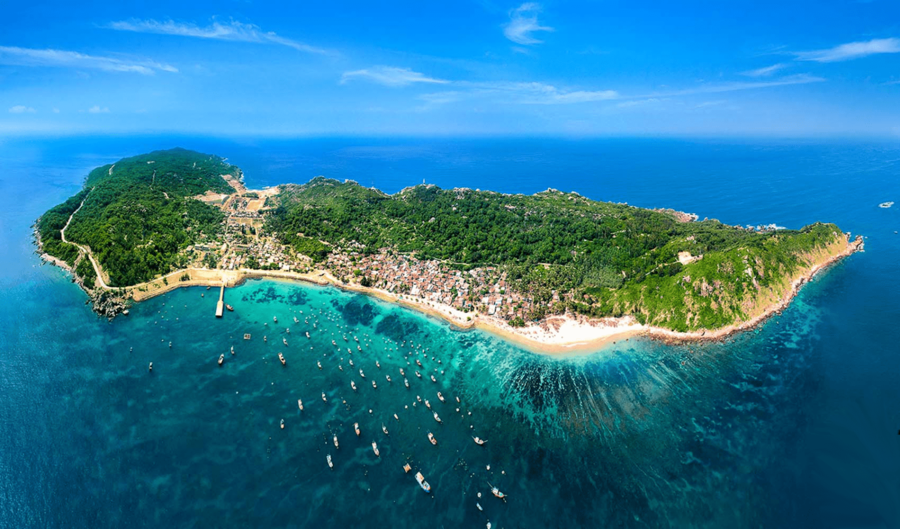
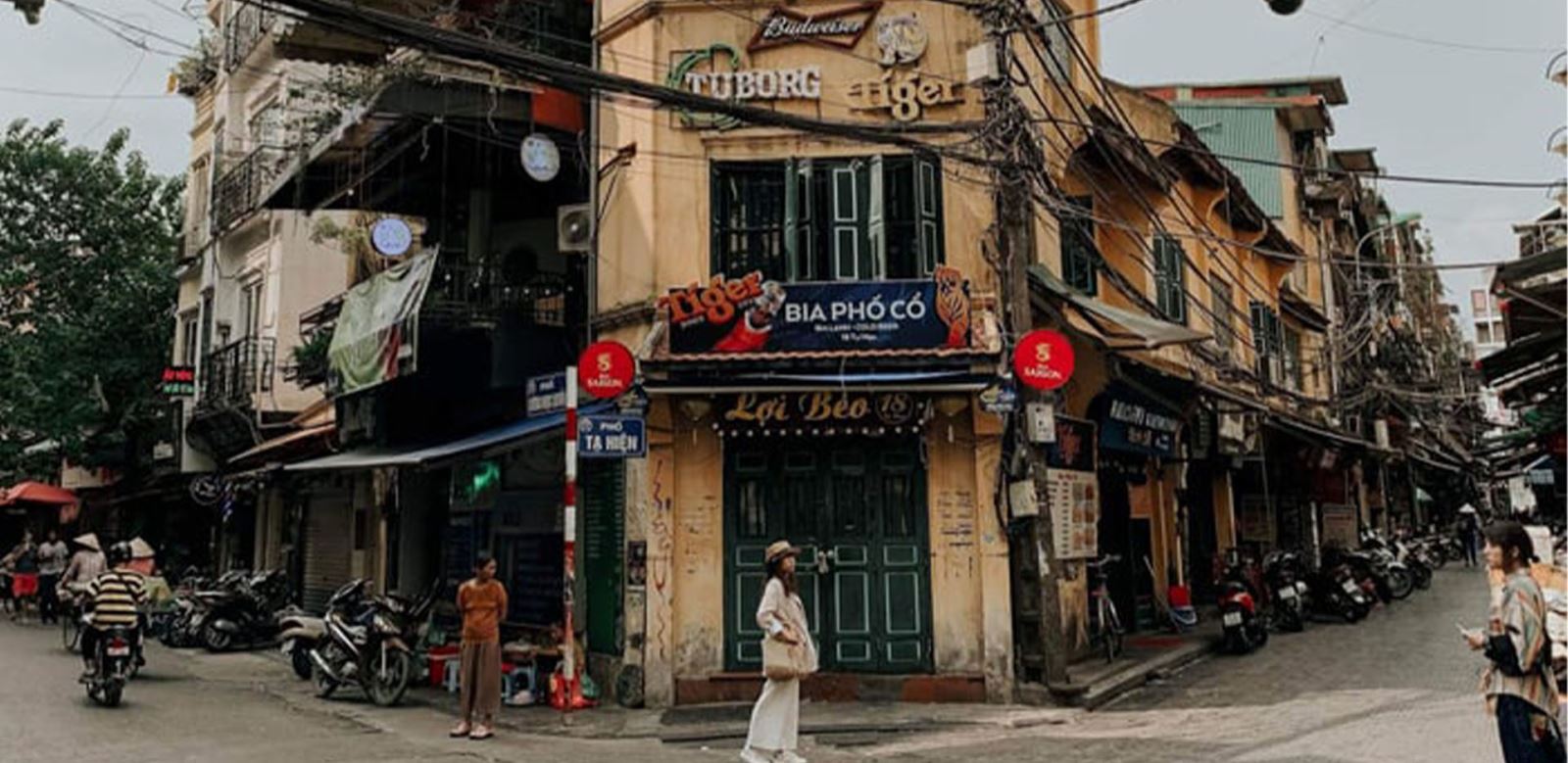
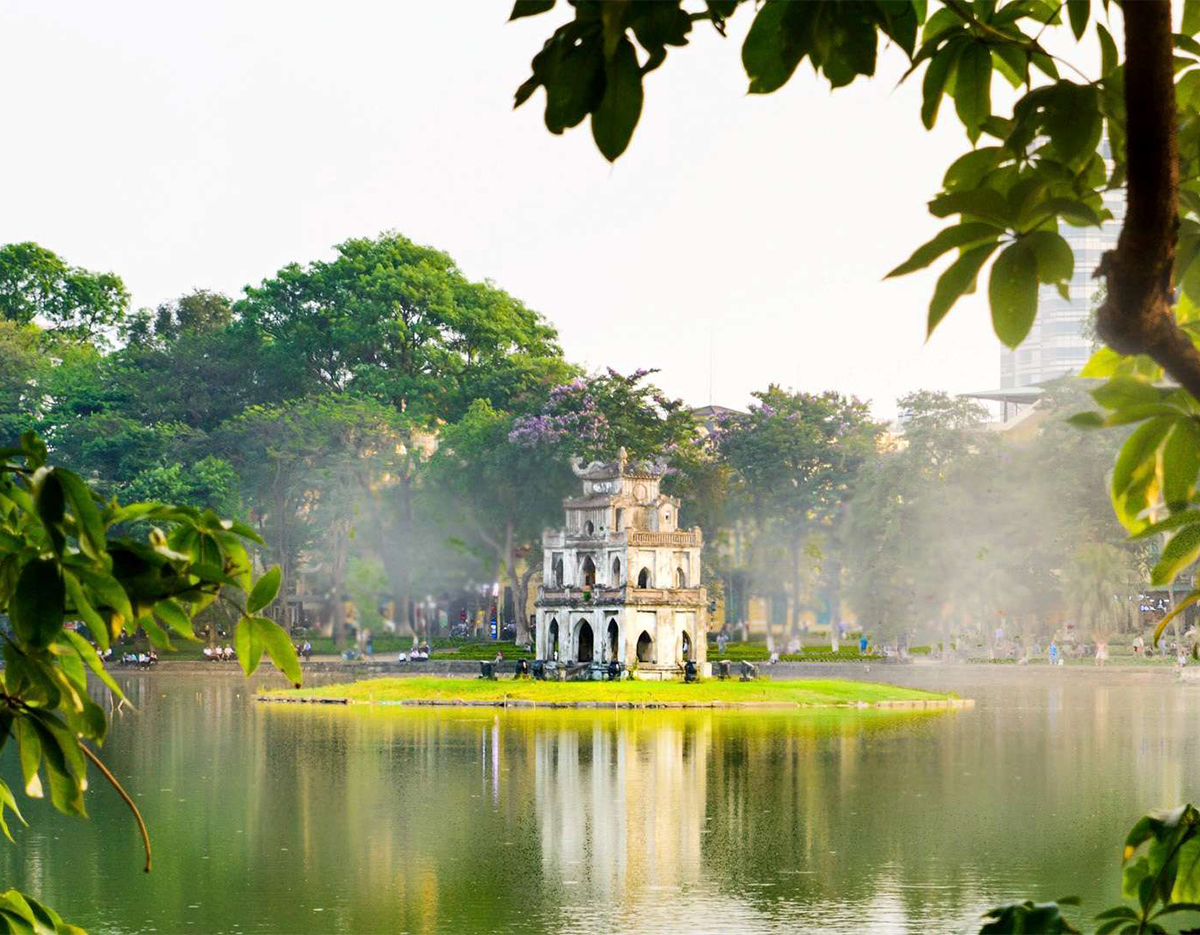
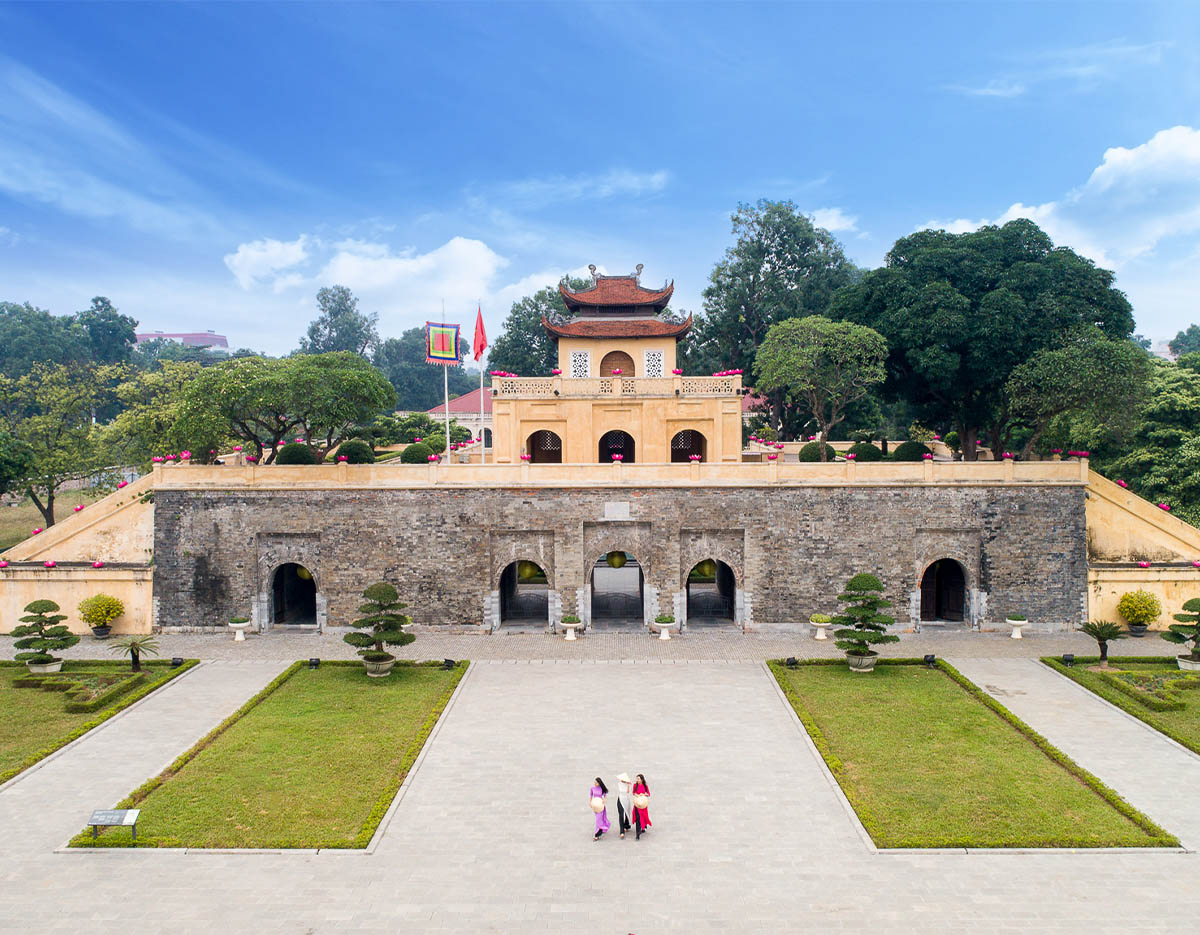
.png)
.jpg)
.jpg)
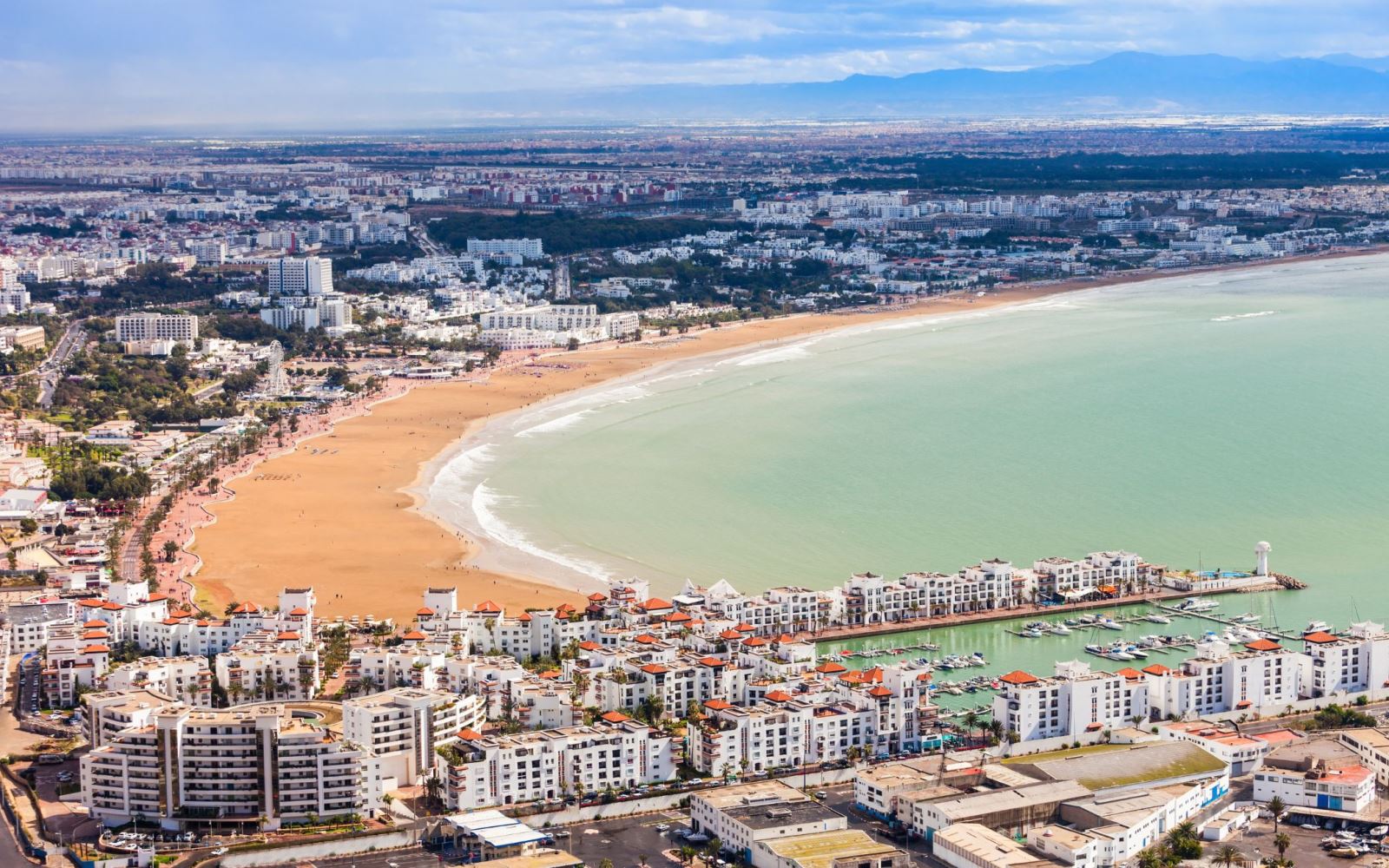
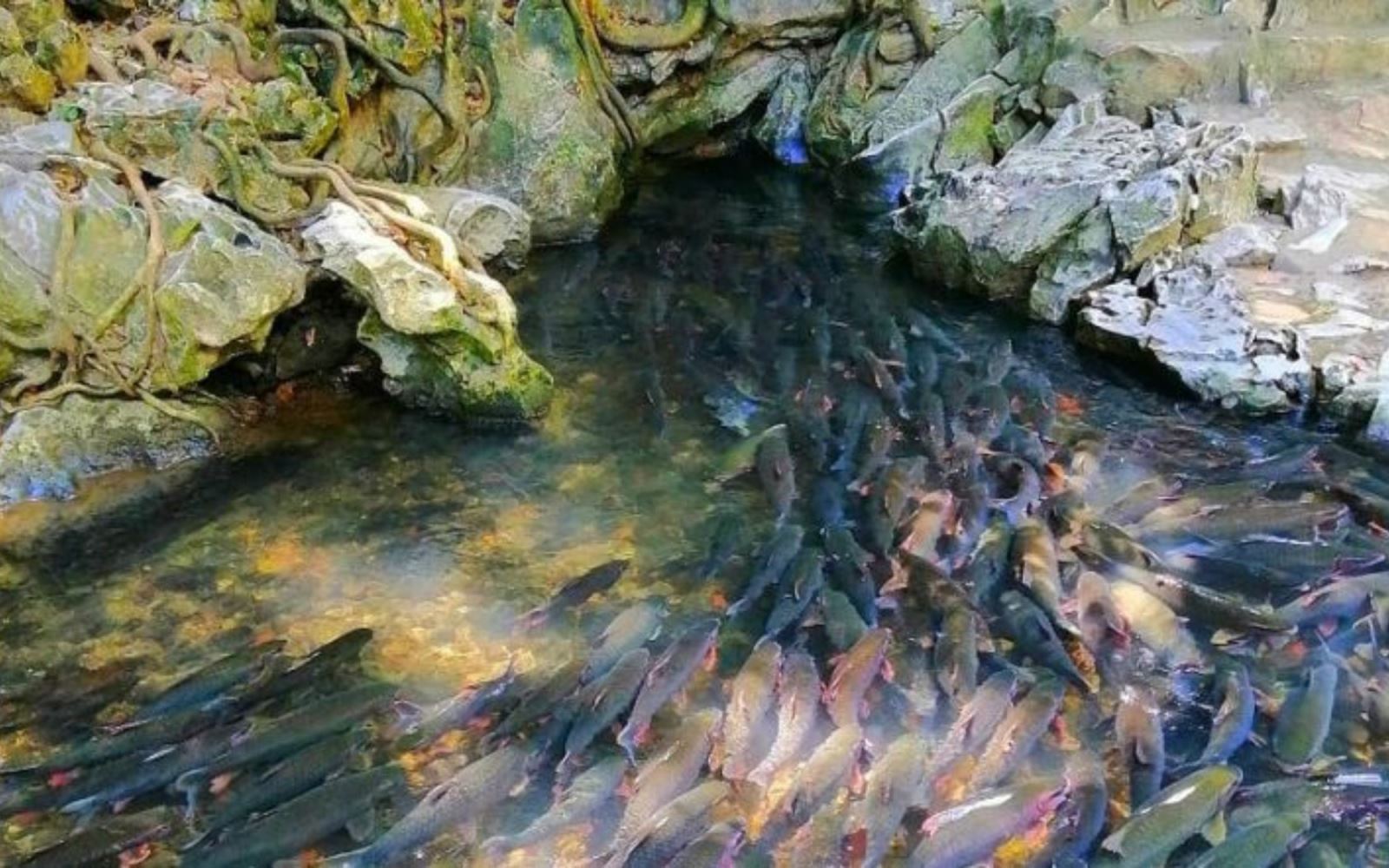
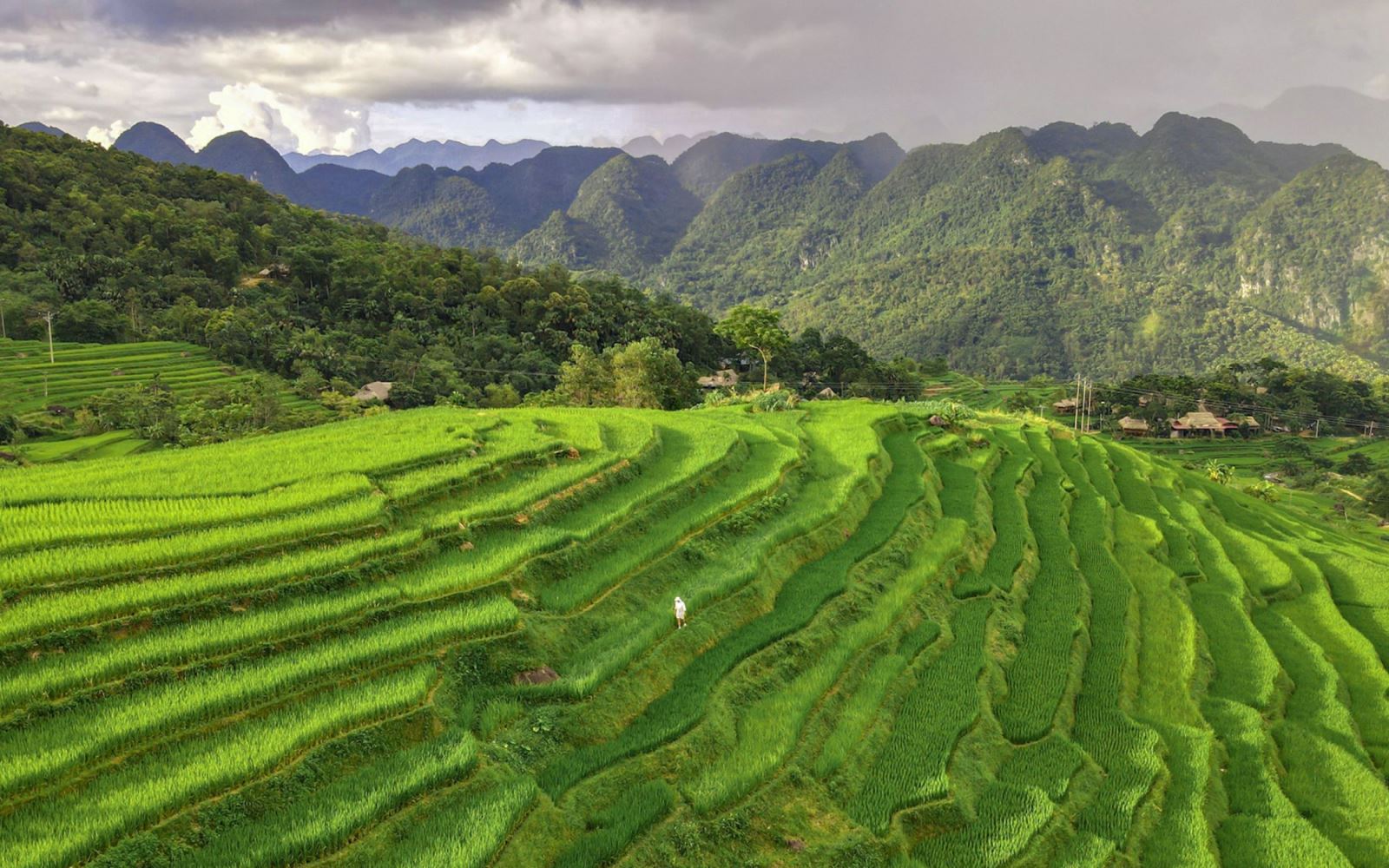
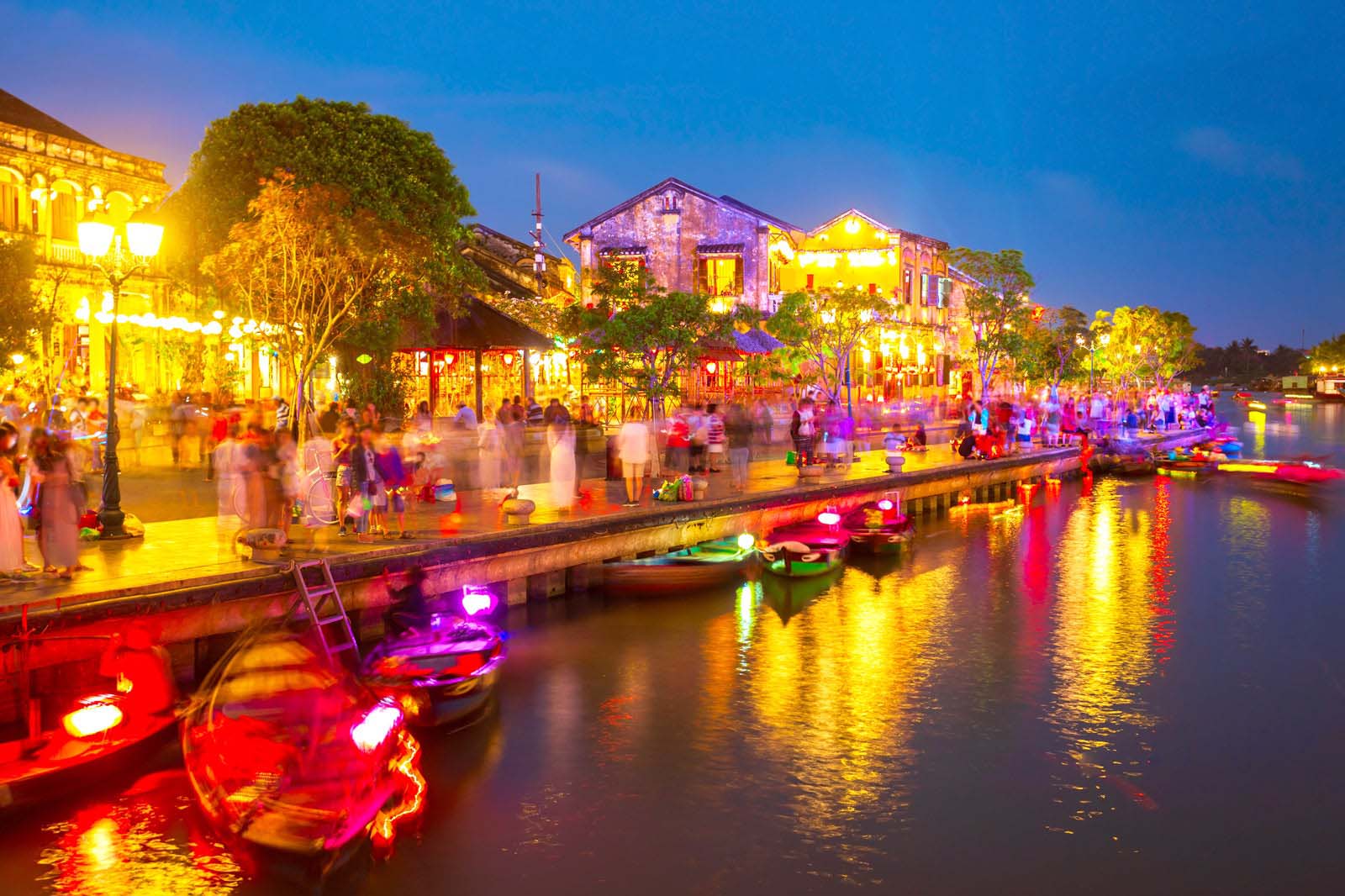
-copy.jpg)
-copy.jpg)
-copy.jpg)
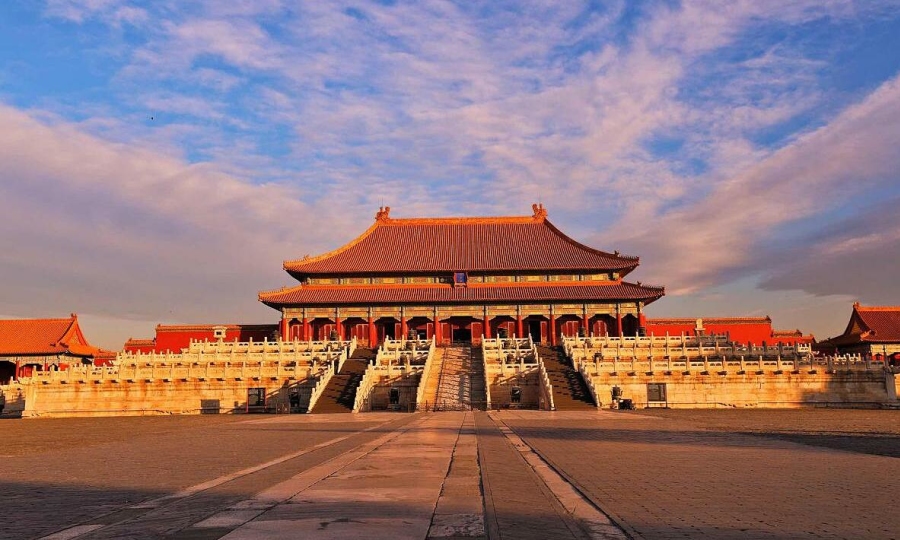
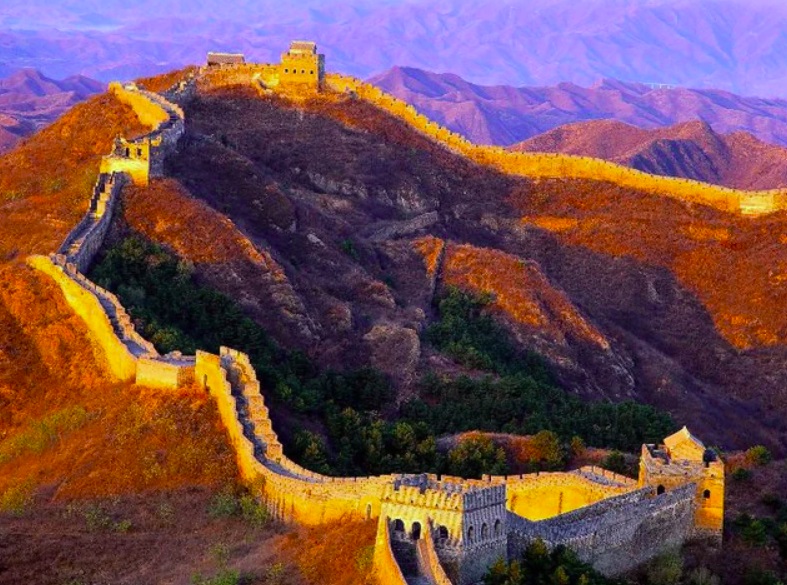
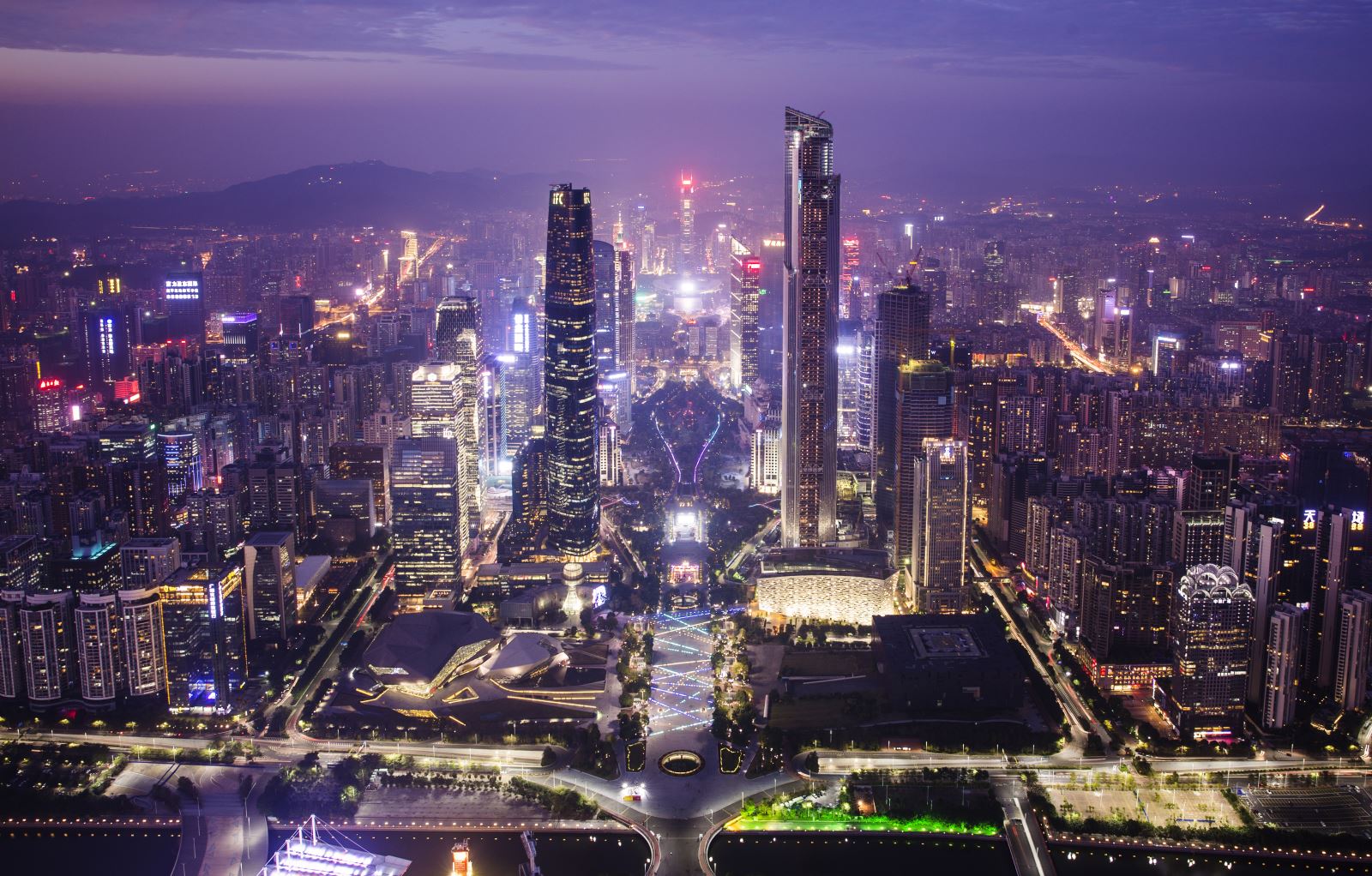
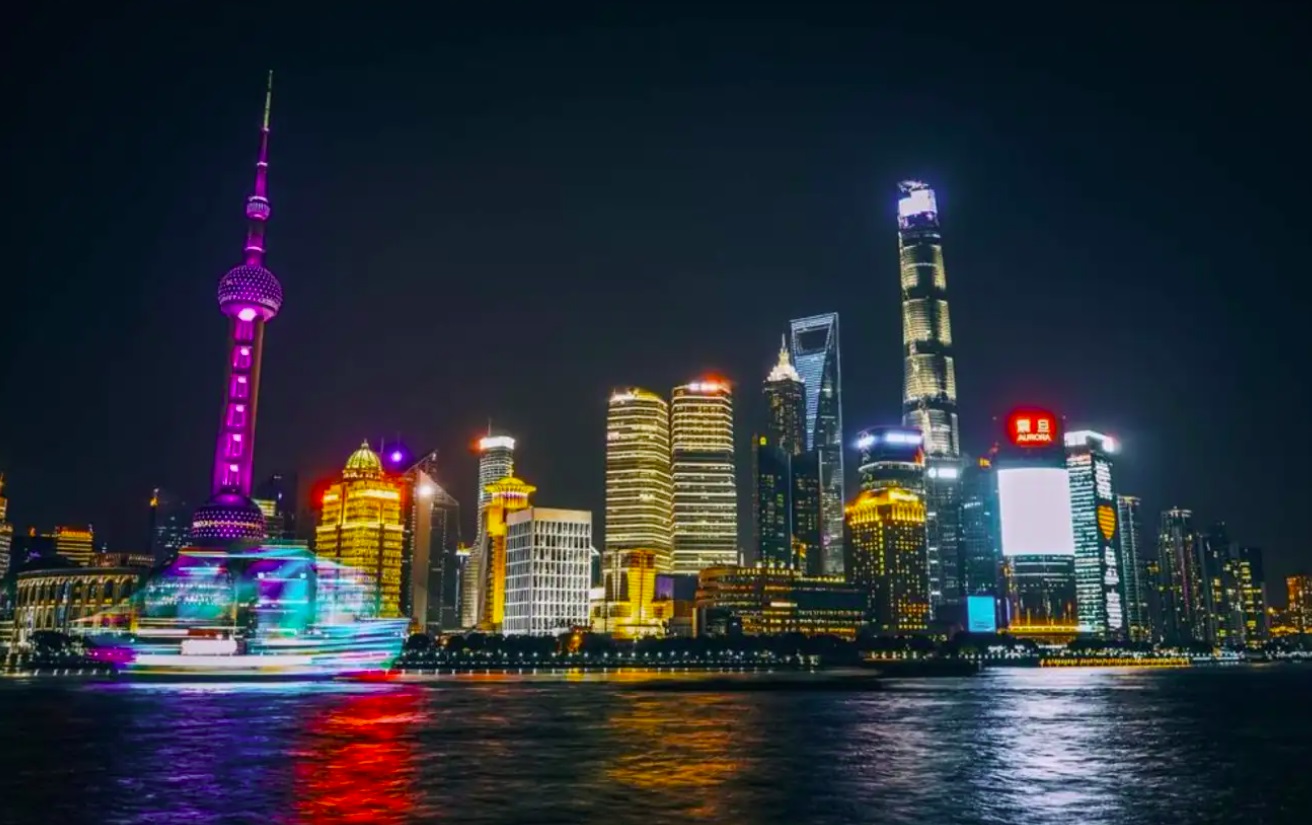
.jpg)
.jpg)
.png)
.PNG)
.png)
.png)
.PNG)
.PNG)
-copy.jpg)
.jpg)
-copy.jpg)
.PNG)
.jpg)
.jpg)
.jpg)
.jpg)
.jpg)
.jpg)
.jpg)
.jpg)
.jpg)
.jpg)
.jpg)
.jpg)
.jpg)
.jpg)
.jpg)
.jpg)
.jpg)
.jpg)
.jpg)
.jpg)
.jpg)
.jpg)
.jpg)
.jpg)
.jpg)
.jpg)
.jpg)
.jpg)
.jpg)
.jpg)
.jpg)
.jpg)
.jpg)
.jpg)
.jpg)
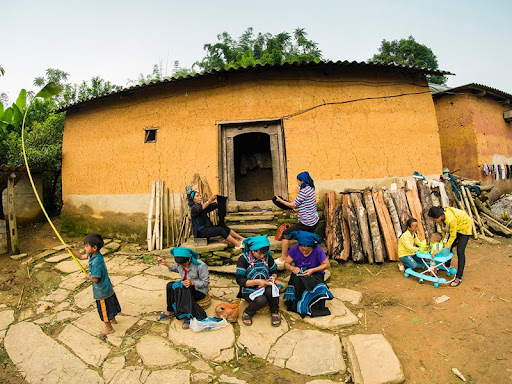
.jpg)
.jpg)
.jpg)
.jpg)
.jpg)
.jpg)
.jpg)
.jpg)
.jpg)
.jpg)
.jpg)
.jpg)
.jpg)
.jpg)
.jpg)
.jpg)
.jpg)
.jpg)
.jpg)
.jpg)
.jpg)
.jpg)
.jpg)
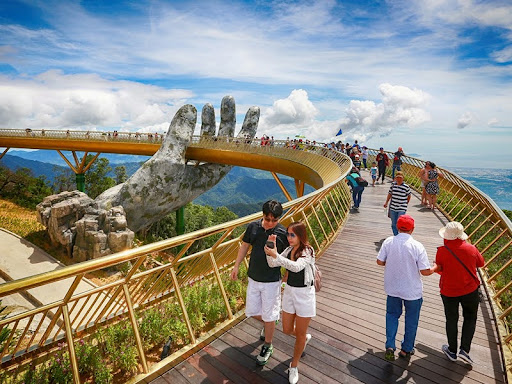
.jpg)
.jpg)
.jpg)
.jpg)
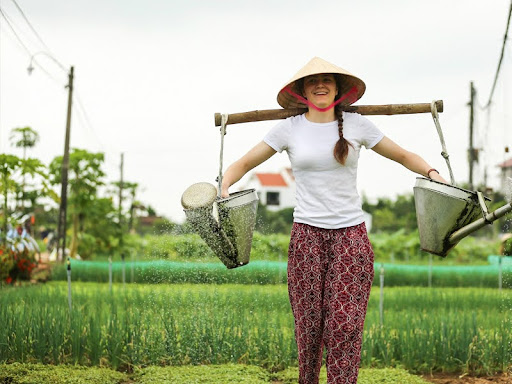
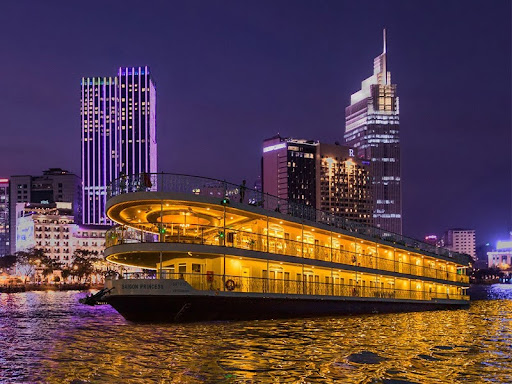
.jpg)
.jpg)
.jpg)
.jpg)
.jpg)
.jpg)
.png)
.png)
.PNG)
.PNG)
.PNG)
.PNG)
.PNG)
.PNG)
.jpg)
.jpg)
.jpg)
.PNG)
.jpg)
.PNG)
.jpg)
.jpg)
.jpg)
.jpg)
.jpg)
.jpg)
.jpg)
.jpg)
.jpg)
.jpg)
.jpg)
.jpg)
.jpg)
.jpg)
.jpg)
.jpg)
.jpg)
.jpg)
.jpg)
.jpg)
.jpg)
.jpg)
.jpg)